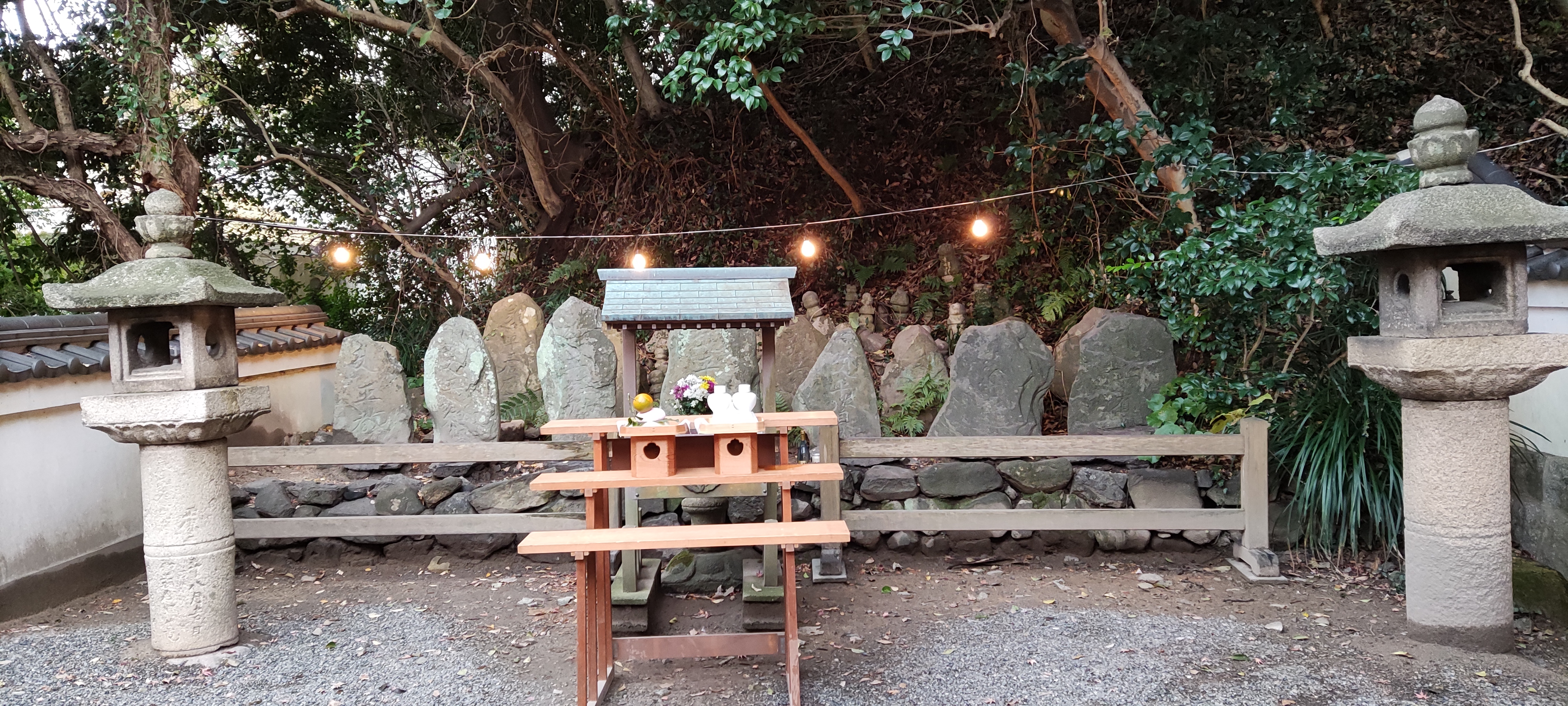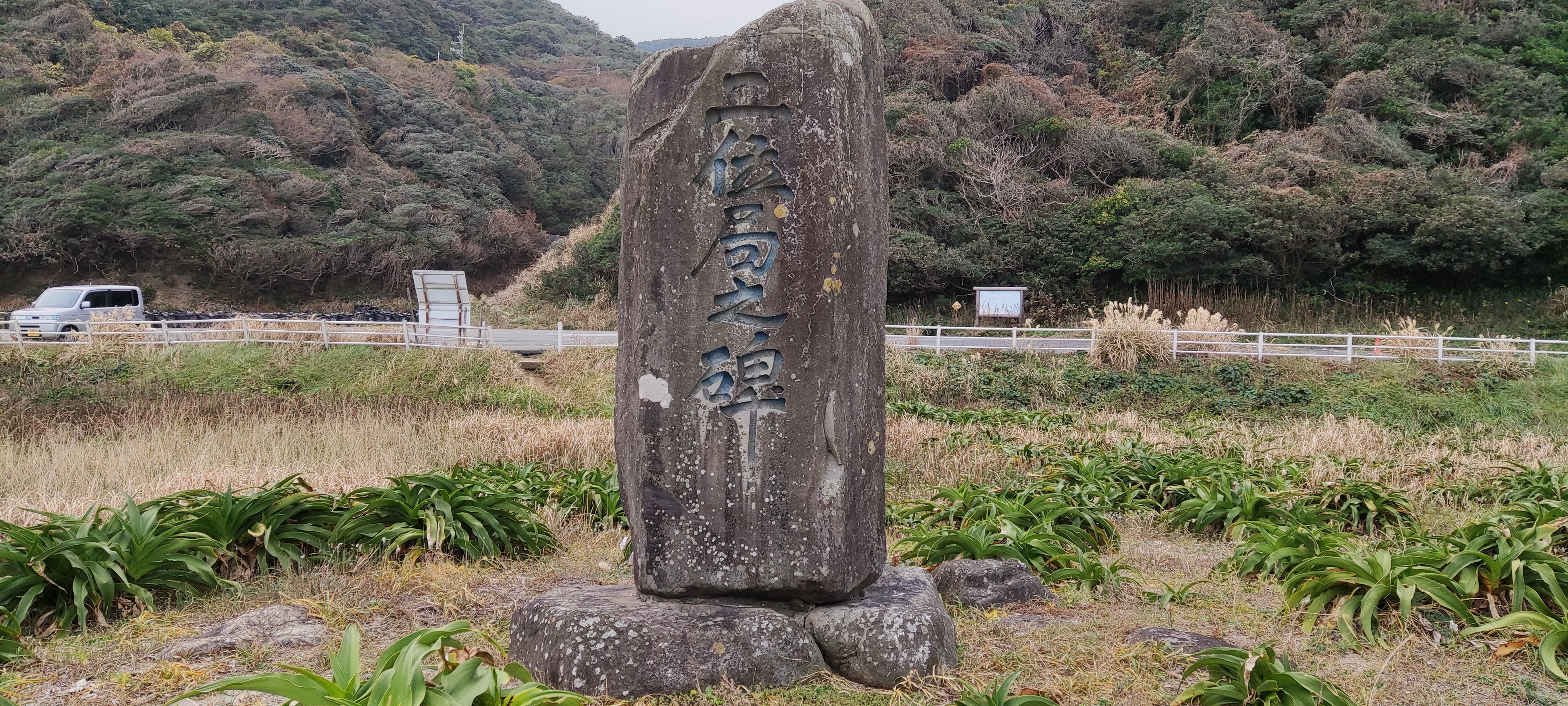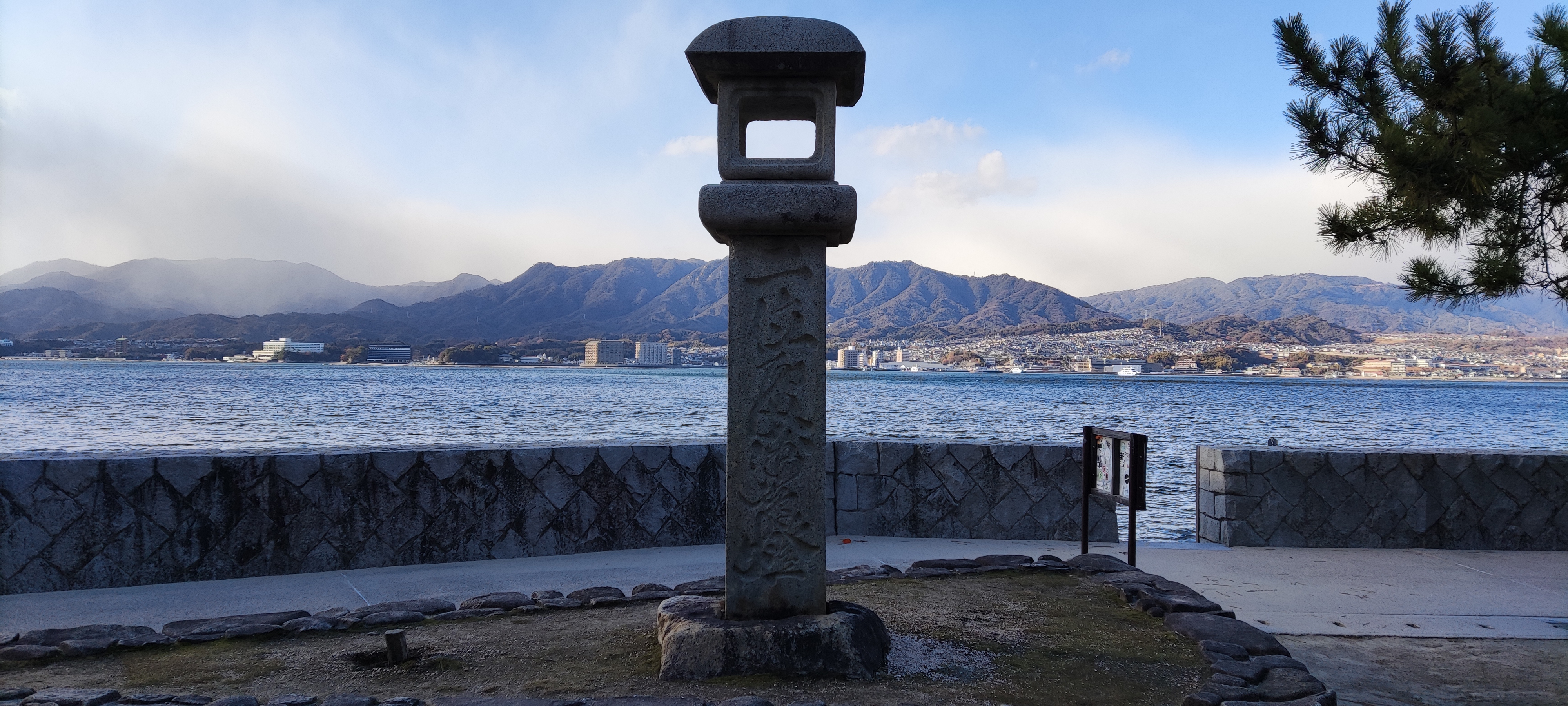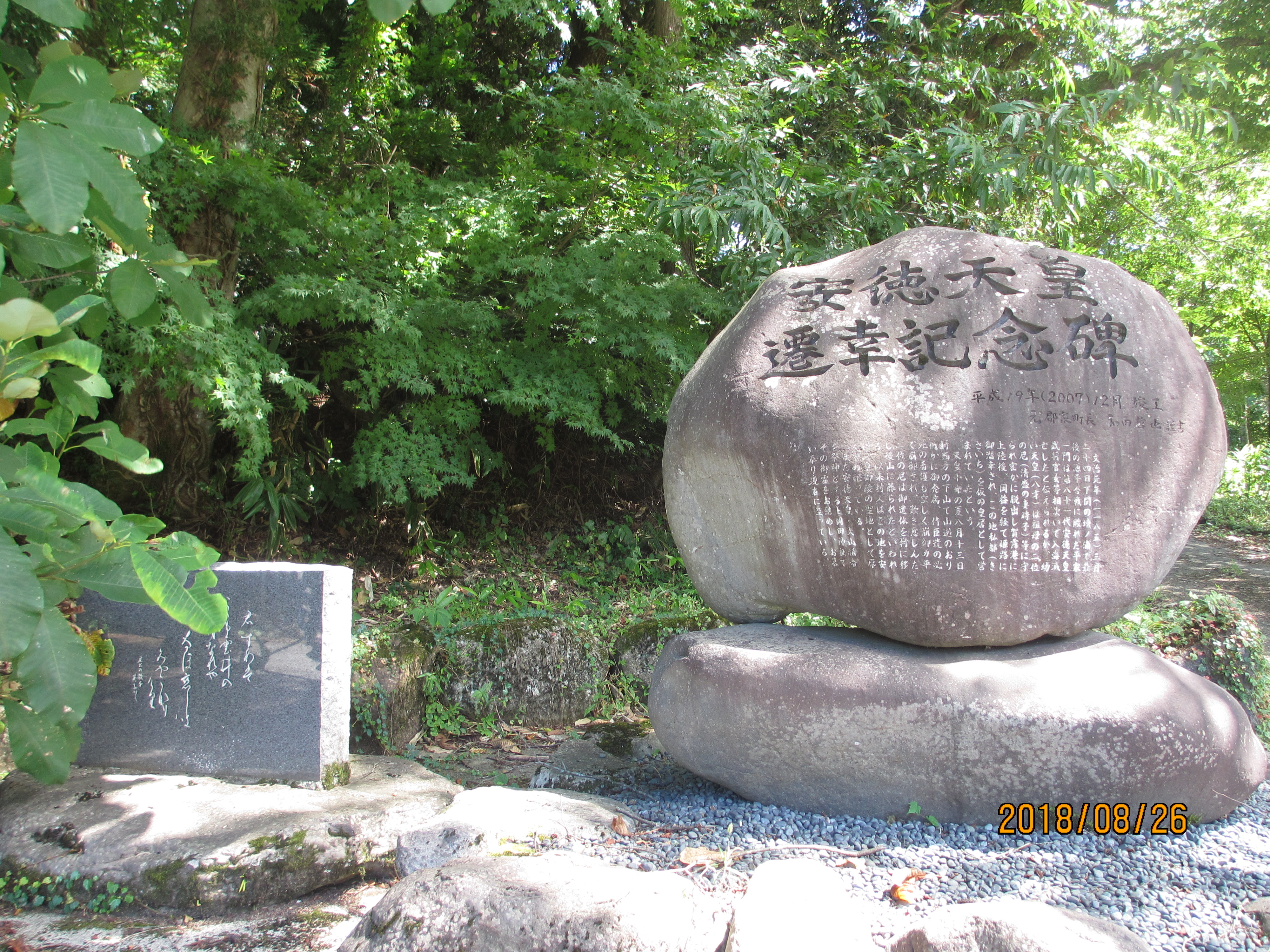1. Life
Taira no Tokiko's life was deeply intertwined with the rise and fall of the Taira clan, marked by significant events in the Imperial Court and her influential roles within her family.
1.1. Early Life and Family Background
Taira no Tokiko was born in 1126. She was the daughter of Taira no Tokinobu, a lower-ranking court noble. While details about her mother are scarce, it is known that her mother served as a lady-in-waiting to Princess Nijō-Daigū, a daughter of Emperor Shirakawa. Tokiko had a full brother, Taira no Tokitada, who would also become a prominent figure in the Taira clan, and a half-sister, Taira no Shigeko, who later became a favored consort of Retired Emperor Go-Shirakawa. She also had a half-brother named Nōen.
Around 1145, Tokiko became the second wife of Taira no Kiyomori, who would become the most powerful samurai leader of his era. Their marriage solidified Kiyomori's ties to the established court aristocracy. Tokiko gave birth to several key members of the Taira clan: her first son, Taira no Munemori, was born around 1147, followed by Taira no Tomomori, Taira no Shigehira, and their influential daughter, Taira no Tokuko, who was born in 1155.
1.2. Activities in the Court and Political Influence
After the Heiji Rebellion in 1160, Tokiko's influence in the Imperial Court grew. She became the wet nurse to Prince Morihito, who later ascended to the throne as Emperor Nijō in 1158. Her position as the Emperor's wet nurse, coupled with Kiyomori's status as his foster father, was seen as a strategic demonstration of their allegiance to Emperor Nijō, especially amidst his conflict with the Retired Emperor Go-Shirakawa. On December 24, 1160, she was promoted to the court rank of Jusanmi, a reward linked to the service of Yaso no Tsubone, a lady-in-waiting.
Following Emperor Nijō's death, Tokiko, together with her half-sister Shigeko (who had become a favored consort of Retired Emperor Go-Shirakawa), played a pivotal role in mediating and strengthening the political alliance between Kiyomori and Go-Shirakawa. This alliance was further cemented when Shigeko's son, Prince Norihito (later Emperor Takakura), was appointed Crown Prince on October 10, 1166. Shortly thereafter, on October 21 of the same year, Tokiko received a promotion to the prestigious Junior Second Rank (従二位Jūni-iJapanese), a testament to her growing influence within the court.
In 1168, Tokiko followed Kiyomori's lead and retired from secular life, taking Buddhist vows to become a nun. It was at this time that she became known as Nii no Ama, reflecting her spiritual devotion and her high court rank. After Kiyomori relocated to Fukuhara, she inherited their main residence at Nishi-Hachijō, renaming it Hachijō Kurashiki-tei (also known as Hachijō Ni-hon-tei). In 1171, when her daughter Tokuko entered the court as Empress to Emperor Takakura, Tokiko was instrumental in managing the Empress's childbirth and the various ceremonies surrounding the births and upbringing of the imperial princes and princesses. This further deepened the strategic ties between the Taira clan and the Imperial family.
Following the political upheaval of the Genpei War in 1180, when her grandson, Emperor Antoku, ascended the throne at the young age of two, both Tokiko and Kiyomori were granted the title of Junsanmi, a special honorary rank comparable to a princely rank. In his later years, Kiyomori explicitly designated Tokiko's son, Munemori, as his successor, thereby shifting the main lineage of the Taira clan away from the Komatsu branch (descendants of Taira no Shigemori) and solidifying Tokiko's direct family line as the new head of the clan.
1.3. Spiritual Pillar of the Taira Clan
After the death of Taira no Kiyomori in 1181, Taira no Tokiko, along with her son Taira no Munemori and her daughter, Empress Kenreimon-in Tokuko, became the central figures and the spiritual pillar of the Taira clan. In the absence of Kiyomori's strong leadership, Tokiko's calm demeanor and spiritual strength provided much-needed guidance and stability to the clan as they faced mounting pressure and eventual decline during the protracted Genpei War. She was the matriarch who held the fragmented family together, upholding their traditions and morale in the face of relentless pursuit by the Minamoto forces.
2. Death
The tragic end of Taira no Tokiko's life came during the decisive Battle of Dan-no-ura on April 25, 1185. As the Taira clan faced their final, crushing defeat against the Minamoto forces in the naval battle off the coast of Shimonoseki, Tokiko made a momentous and tragic decision. Rather than be captured by the enemy, she took the young Emperor Antoku, her grandson, into her arms. According to The Tale of the Heike, she whispered to the child, "The capital lies beneath the waves," before plunging herself and the six-year-old emperor into the sea, committing suicide. She was 60 years old at the time.
The fate of the Three Sacred Treasures of Japan, which were carried by the imperial retinue, is intertwined with this event, though historical accounts differ. According to the Gukanshō, Tokiko was said to have carried the sword Ame no Murakumo no Tsurugi (also known as Kusanagi no Tsurugi), while Emperor Antoku was reportedly submerged with the jewel Yasakani no Magatama, though the Emperor was later rescued. However, another account from the Azumakagami states that Tokiko embraced Emperor Antoku and submerged herself while carrying both the Ame no Murakumo no Tsurugi and the Yasakani no Magatama. It also mentions that a lady-in-waiting, Aza-shi no Tsubone, who had also entered the water with the emperor, was later rescued. These differing accounts highlight the dramatic and legendary nature of this pivotal moment in Japanese history.
3. Grave and Legacy
Taira no Tokiko's sacrifice at Dan-no-ura cemented her place in history, and her memory is preserved at various sites across Japan.
3.1. Main Grave Sites and Memorial Services
Her primary grave is located at Akama Shrine in Shimonoseki, Yamaguchi Prefecture, which is dedicated to Emperor Antoku and the fallen Taira clan. Every year on May 2, an annual memorial service known as the "Sentei-sai" is held at Akama Shrine, attended by descendants of the Taira clan organized as the National Taira Clan Association, to commemorate Tokiko and other members of the clan.


In addition to these, several other locations across Japan preserve monuments and sites linked to Tokiko and the Taira clan, reflecting the widespread impact of their history. These include memorials such as:


Further sites include those in Tottori and Nagasaki prefectures, emphasizing the broad scope of the Taira clan's historical footprint:
Other notable monuments can be found along historical routes and in various towns:
Lastly, a monument in Kōchi Prefecture also marks her legacy:
3.2. Local Traditions and Legends
A significant local tradition related to Tokiko is found in Hikiji, Nagato City, Yamaguchi Prefecture, where a beach is named "Nii-no-hama" (meaning "Nii's Beach"). Local legend states that her body washed ashore here after the Battle of Dan-no-ura. This beach is now a popular destination.
4. Honours
During her lifetime, Taira no Tokiko received notable court ranks, reflecting her political importance and her standing within the Imperial Court. She was granted the Junior Second Rank (従二位Jūni-iJapanese) on October 21, 1166. She was also given the honorary title of Junsanmi after her grandson, Emperor Antoku, ascended the throne in 1180.
5. Historical Assessment and Legacy
Taira no Tokiko's legacy is most profoundly shaped by The Tale of the Heike, which portrays her as a deeply tragic yet heroic figure. Her final act of plunging into the sea with the young Emperor Antoku is one of the most poignant and famous scenes in Japanese literature, symbolizing the irreversible downfall of the Taira clan and the immense human cost of the Genpei War. This portrayal has enshrined her in popular memory as the epitome of loyalty, sacrifice, and the enduring spirit of a family facing ultimate defeat.
Her role as the "spiritual pillar" of the Taira clan after Kiyomori's death underscores her importance beyond being merely a consort or mother. In a period of intense political upheaval and shifting power dynamics, Tokiko represented a sense of continuity and moral fortitude for a clan in disarray. Her influence, particularly in strengthening the Taira clan's ties with the Imperial family through her daughter Tokuko, was a crucial factor in the clan's initial dominance. However, the subsequent tragic outcome of the war and her ultimate self-sacrifice highlight the inherent vulnerabilities and human tragedies often concealed beneath grand narratives of power and conflict. Her story serves as a powerful reminder of the personal sacrifices made by individuals, particularly women, within the broader historical currents shaped by the ambitions and struggles of powerful factions.